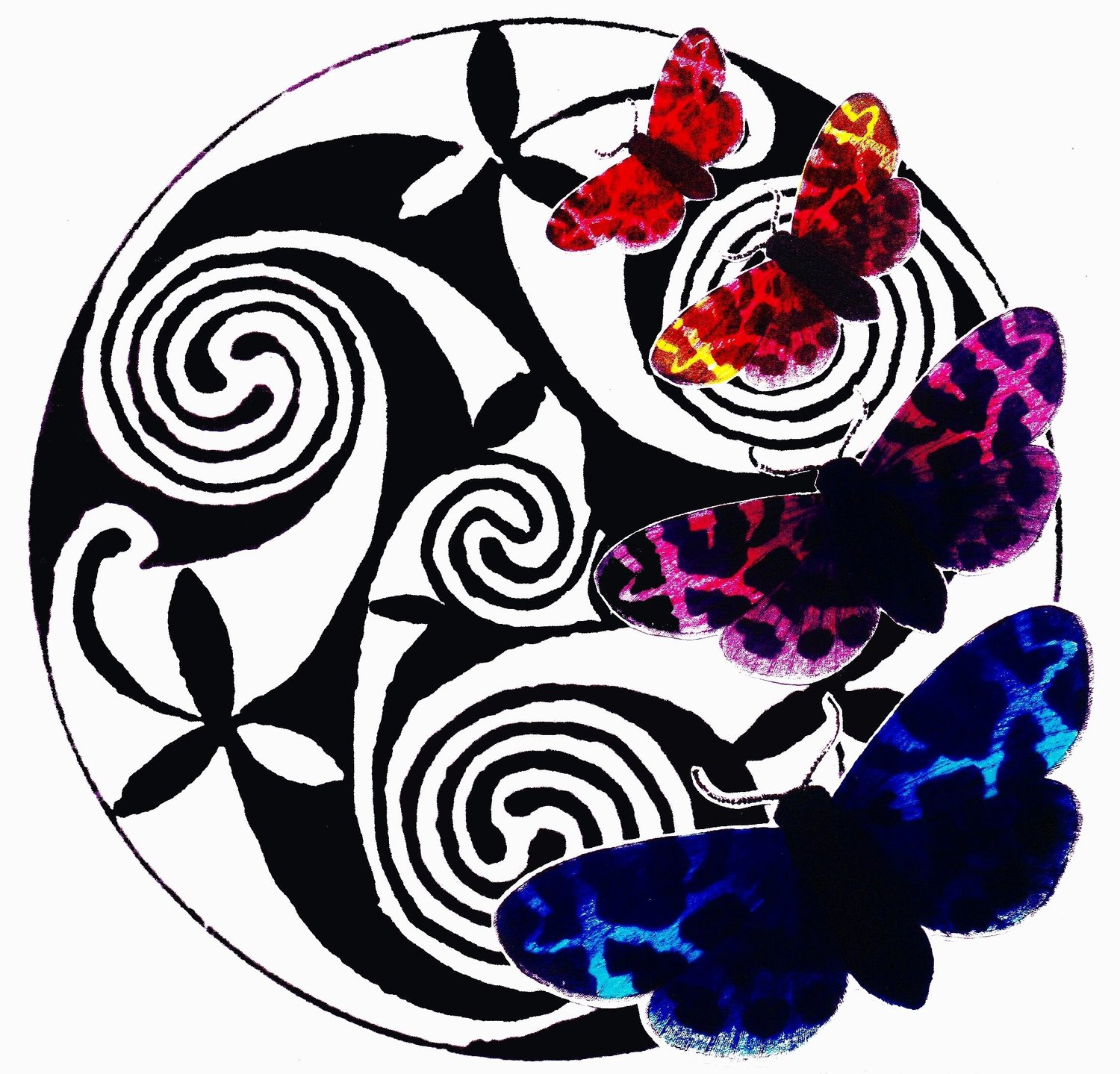"although boro has become a bit of a trend these days, the raggedy edges
and patching and primitive approach to cloth making...there is a subtle reminder
that this was not an intended art form.
this was life, mending, thrift, respect for cloth.
this is the result of living small with consciousness of means.
the need to stay warm, the patience to repair, restore and to keep going...
and the resulting beauty in that."
~ Jude Hill, from 'art, craft, and dedicated intent' ~
I discovered the ancient Japanese practice of Boro stitching late in 2015.
Since then it seems to be everywhere on the internet, in furnishing etc.
The only disappointing aspect of this that the mass produced stuff is machine made.
Boro is traditionally the practice of hand stitching a new layer of cloth onto an old piece.
Thus preserving the original garment & in the process making the piece thicker & warmer. See below.
There are all different versions of this around the world.
Notably in India - this practise is called Kantha.
I have a few of these garment - a wrap & 2 x Jackets.
They are made using recycled sari fabric.
The one below has been made using new fabric, using running stitch as in Sashiko.
The Indian version tends to be more freeform & less controlled.
I love it.
Speaking of Freeform Embroidery, a book I ordered arrived a week or so ago.
It is all about one of my stitching inspirations - May Morris.
My gorgeous book - I will share a couple of pages with you.
She wasn't beautiful in the modern sense but she had a heart to share her gifts with other women.
I thoroughly recommend this book.
May Morris was inspiring other Needle workers & sharing her gifts right up until she died.
What a great creative mind!






